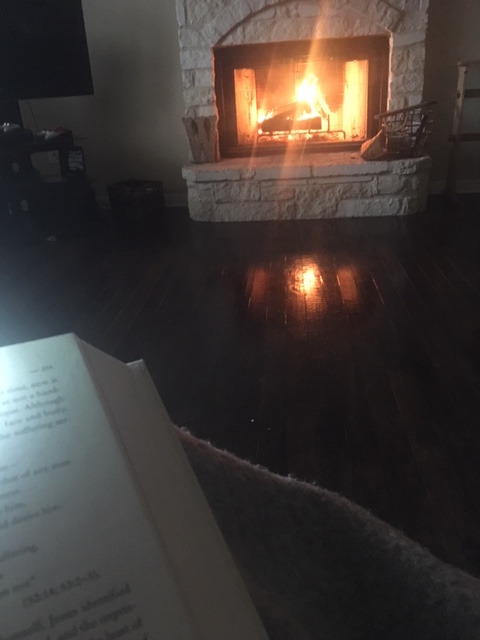My eight year-old son had a planned, outpatient surgery Monday. The surgeon assured me that my son wouldn’t want to move around very much for at least the first two days, and I should administer the liquid opioid pain medication around the clock, every four hours, for the first 48 hours.
No problem. Keeping my son out of pain was and is my number one priority. Still, I was shocked when, within half a day, he was jumping around. I tried to persuade him that “he’d be sorry” he was moving so much. I coaxed him with movies and the ever-ready soothing remedy – mommy’s bed, but he wanted to be up. I thought for sure the next day he’d be feeling the effects and be interested in the recumbent position. But nooooo. I labeled him as noncompliant and went about my work. I’m joking…with a little bit of truth.
 My son’s type-A-ism already “shines” forth as he actually reminds me that his pain medicine is due. At least he hasn’t made me a checklist yet, which he definitely has done before.
My son’s type-A-ism already “shines” forth as he actually reminds me that his pain medicine is due. At least he hasn’t made me a checklist yet, which he definitely has done before.
His resilience fascinates me, though. And I find myself thinking about my own physical and emotional resilience – what mine looks like, when it has waned, and how I can increase it, especially during stressful times.
His resilience is easy to mirror. He’s okay, I’m okay. So, if we’re mirroring one another in the home, am I reflecting resilience to my team and colleagues at work? If not, what should I do differently?
If the people around you don’t seem very resilient, perhaps you should check your reflection.




Courtney Rokstad
June 27, 2013 12:48 pmHahaha how cute 🙂 that’s awesome 🙂